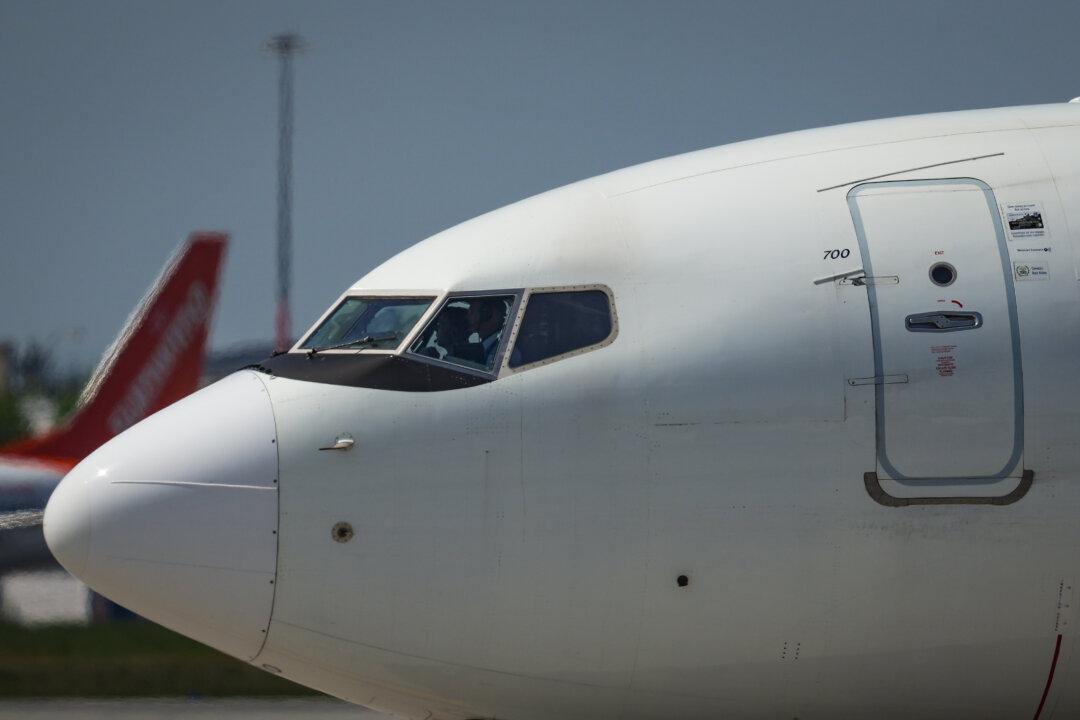MONTREAL—Air Canada expects to use significantly lower fuel costs this year to pad profitability instead of passing on savings to passengers.
“The recent reduction in fuel costs absolutely benefits Air Canada in the short term and, subject to ongoing volatility, we expect to take full advantage,” CEO Calin Rovinescu said Feb. 11 during a conference call after posting record results in 2014.
Fuel is one of the biggest expenses for any airline and the carrier is forecasting jet fuel prices to average 67 cents per litre this year, down from 89 cents last year.
He said the country’s largest airline will remain competitive on fares, but will use cost savings to reduce debt and invest in the airline.
The approach mirrors rival WestJet Airlines, which last week said it plans to pocket as much of the fuel savings as possible if demand remains strong.
Air Canada said it is not seeing any significant weakening of demand in oil-producing provinces, but expects markets in Alberta, Saskatchewan, and parts of B.C. to “come under some pressure.”
However, the airline said it can easily redeploy capacity to other, stronger markets.
Air Canada said it posted the best annual financial results in its 77-year history in 2014, which Rovinescu described as a “break-out year.”
Air Canada’s annual revenues grew 7.1 percent to $13.3 billion as it flew a record 38.5 million passengers and saw ancillary revenues increase 10 percent, from checked baggage and other fees.
Its net income increased 10-fold to $105 million for the 12 months ended Dec. 31 and its adjusted net income—which excludes a number of one-time and non-operating items—grew 56 percent to $531 million.
In the fourth quarter, Air Canada posted a $100 million net loss, but the adjusted net income excluding one-time items soared to $67 million or 23 cents per share. Revenues improved 7.2 percent to $3.1 billion.




